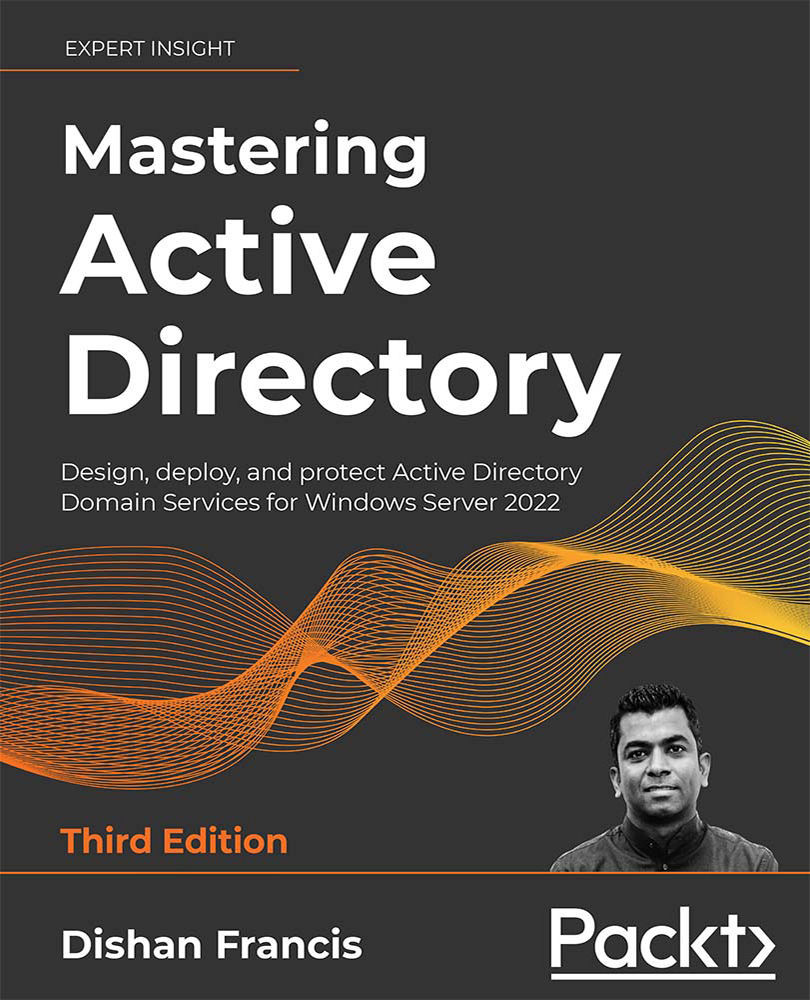Selecting forest design models
Once the forest model and the number of forests have been decided, the next step is to select forest design models. There are three forest design models: organizational, resource, and restricted.
The organizational forest model
In an organizational forest model, resources, data, and identities will stay in separate forests and will be managed independently. This model can be used to provide service autonomy, service isolation, or data isolation:

Figure 3.1: Organizational forest model example
In the preceding example, Rebeladmin Corp. and My training are two companies under the same mother company. Due to the operation requirements, it needs service isolation. In order to do that, engineers have created two separate forests. Each company has its own IT department and manages resources and identities independently. If resources need to be shared between two forests, that can be done via a cross-forest trust.
































































